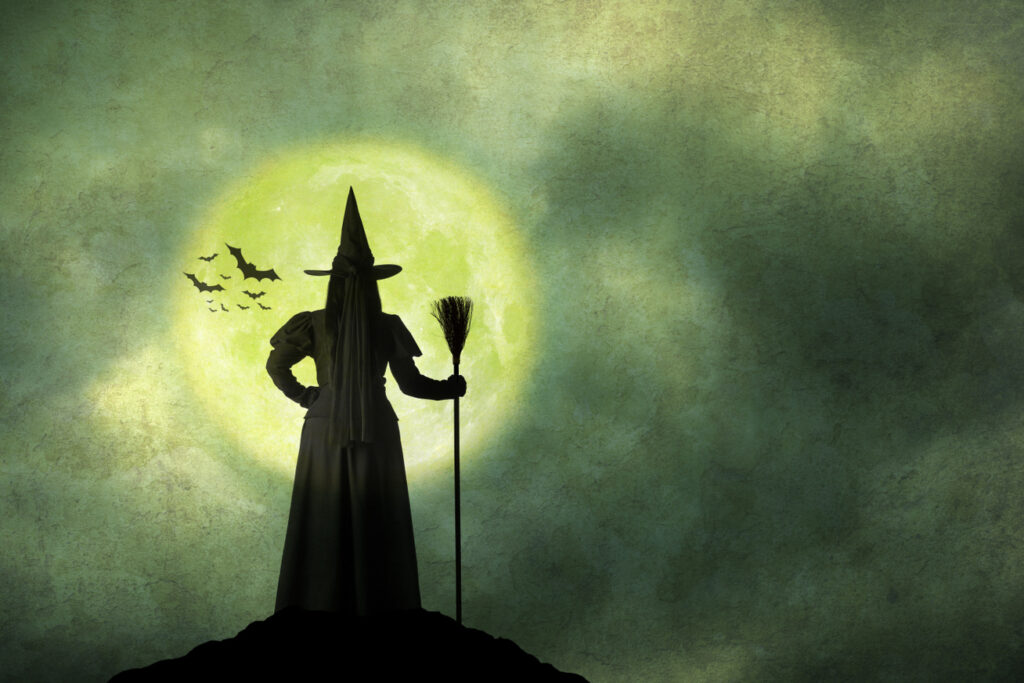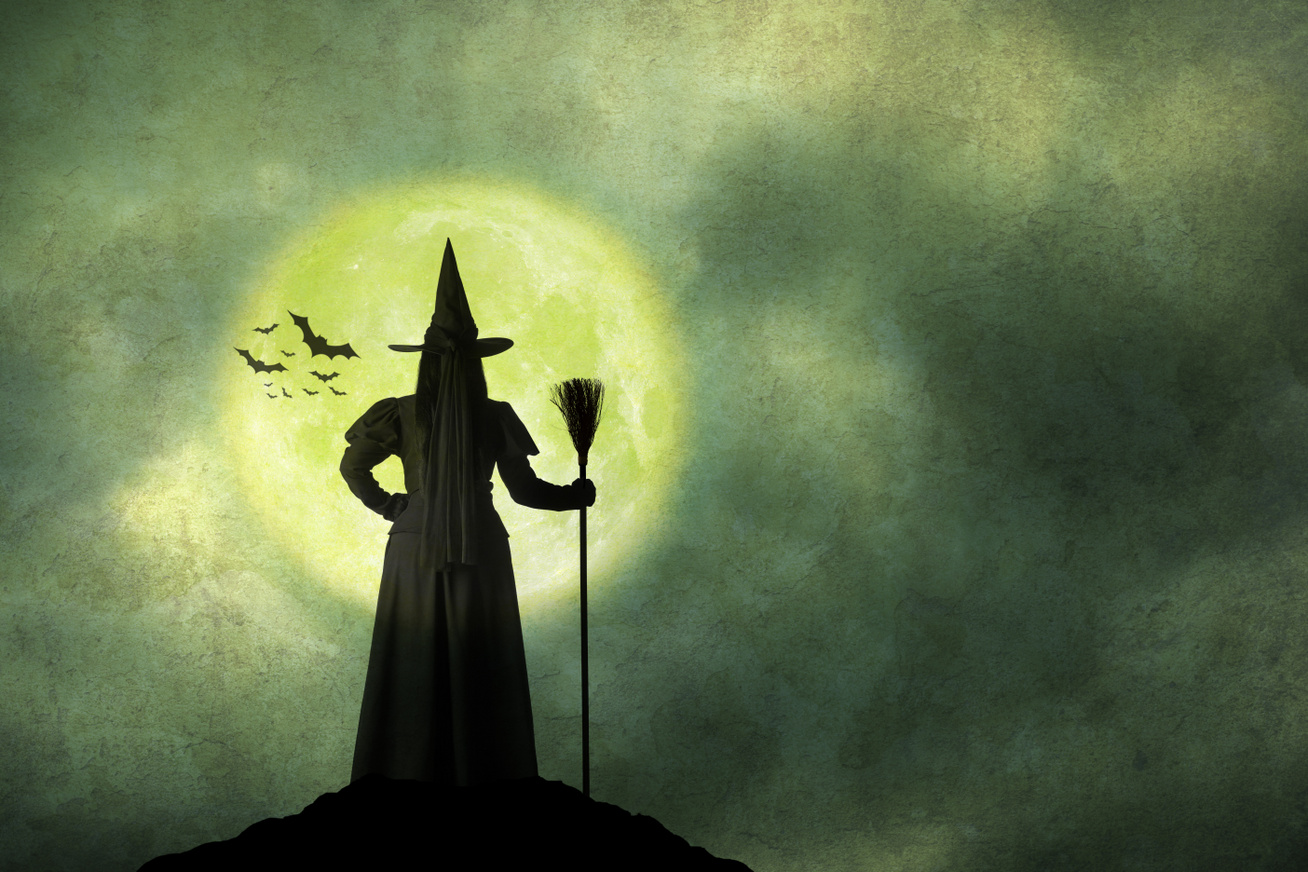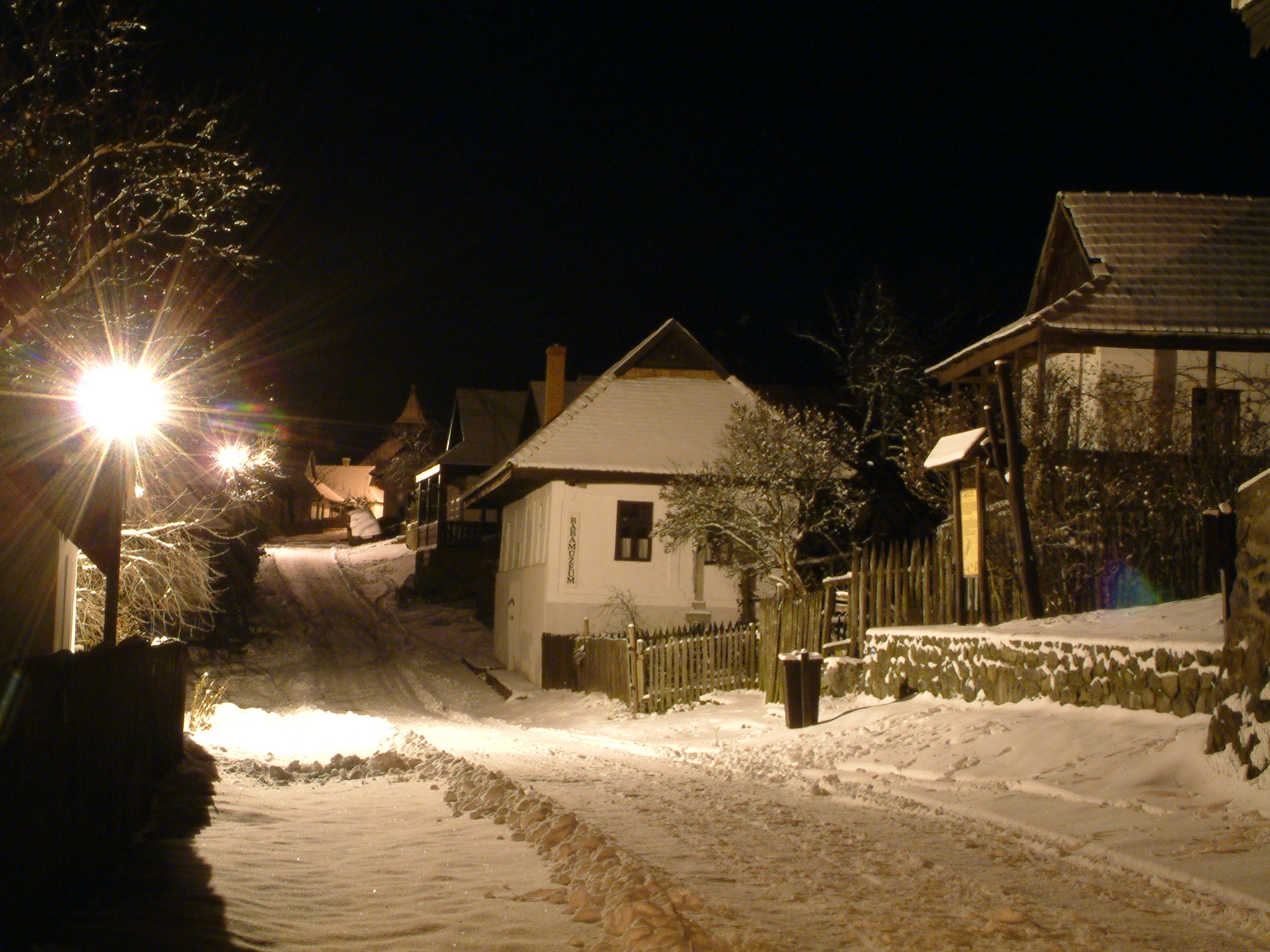Origin of Saint Lucy's day
The most mysterious day of the Advent period is December 13th, Saint Lucy's Day, which is connected to numerous folk customs, superstitions, and beliefs. Among these, we find the Lucy's Day singing, which is believed to bring fertility and abundance, wheat planting, and the preparation of the Saint Lucy's calendar used for weather forecasting.
An interesting aspect of Saint Lucy's Day predictions is the love predictions, during which the names cooked in the dumplings showed the first name of the girl's future husband!
Moreover, fitting for the darkest period of the year, according to folk belief, witches and evil spirits also roam on this day! This is connected to the carving of the Saint Lucy's chair, which was carved using nine different types of wood. Only one operation could be performed each day, and on Christmas Eve, sitting on the completed chair, the members of the congregation could spot the hidden witches among them.
Why is it worth visiting Hollókő on Lucy's day?
In Hollókő, the local residents still preserve the majority of Saint Lucy's Day traditions, primarily the "kotyolás" ritual, where they gladly welcome guests but keep witches away! During this time, some of the village's inhabitants form small groups and go from house to house reciting abundance-bringing rhymes and songs, while the hosts express their gratitude for the well-wishes by offering food and drink. Visitors to our village have the opportunity to join in the "kotyolás" and gather magical items in their Saint Lucy's bags at each household to ward off witches!





